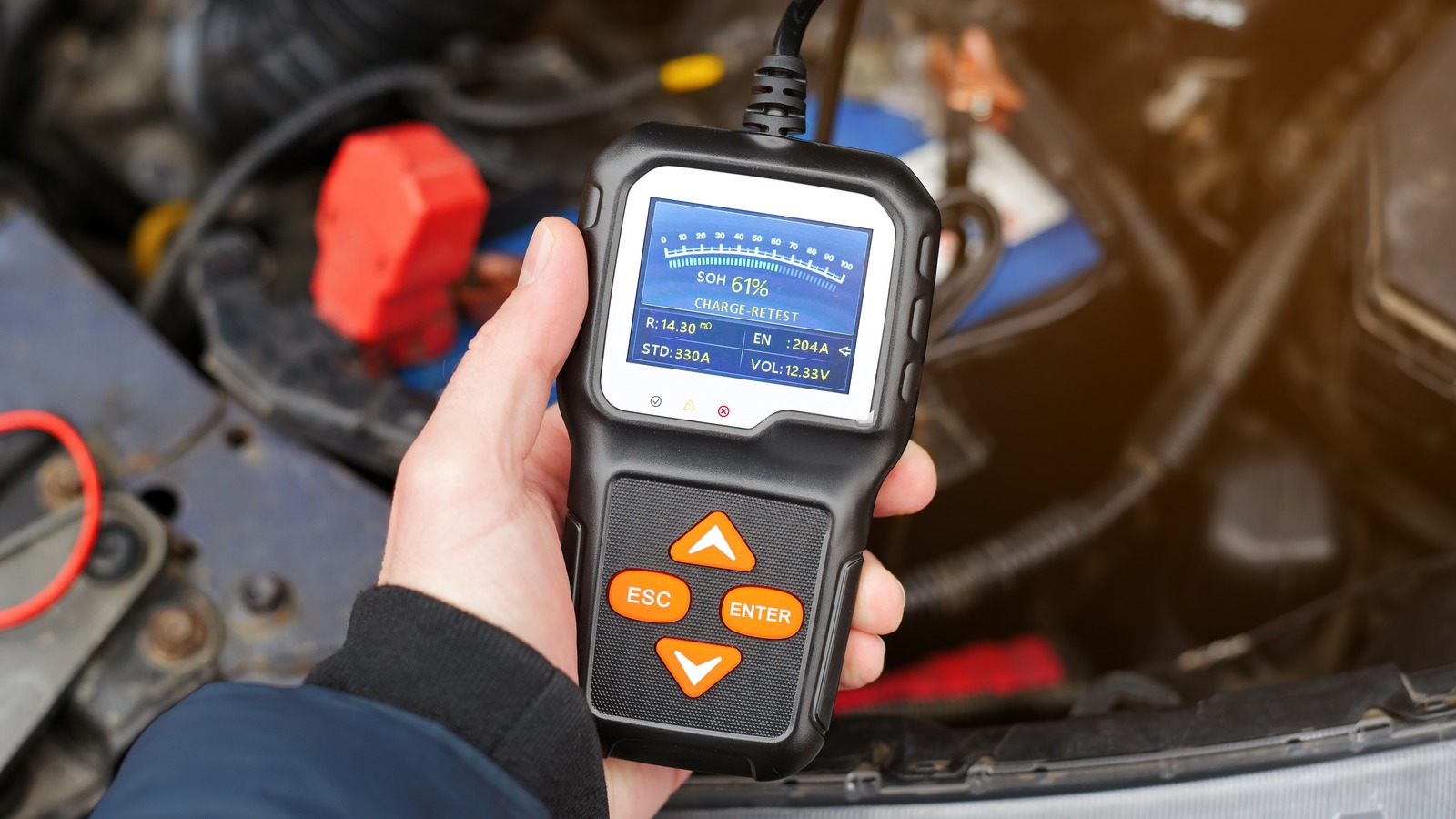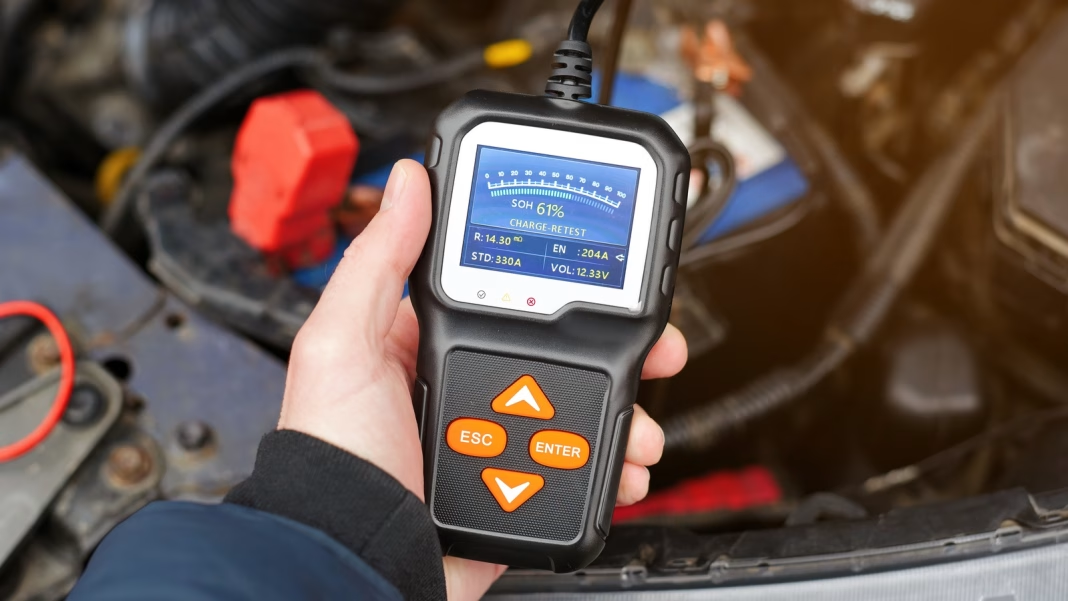Do Trickle Chargers Really Help Your Car Battery Last Longer?
What Exactly Is a Trickle Charger and How Does It Work?
If you’ve ever left your car sitting for a few weeks, you know that sinking feeling when you turn the key and hear nothing but a faint click. That’s where trickle chargers come in. Unlike standard battery chargers that deliver a quick jolt, a trickle charger feeds your battery a slow, steady stream of electricity—just enough to keep it topped up without overdoing it. Think of it as a gentle caretaker, keeping your battery in fighting shape while you’re away.
The science is straightforward: lead-acid batteries (the kind found in most cars) naturally lose charge over time, even when not in use. A trickle charger offsets this loss, preventing the battery from dipping into dangerously low voltage territory. Some modern trickle chargers, often called “smart” chargers, even monitor your battery’s condition and adjust their output automatically. No guesswork required.
Can Using a Trickle Charger Actually Extend Battery Life?
Here’s the million-dollar question: does using a trickle charger mean your battery will live longer? The short answer is yes—if you use it correctly.
Batteries hate being left discharged. When a battery sits empty, sulfate crystals build up on the lead plates inside, a process called sulfation. Over time, this damages the battery’s ability to hold a charge. According to research from the Battery Council International, sulfation is the leading cause of early battery failure. By keeping your battery fully charged, a trickle charger helps prevent this process, potentially adding months—or even years—to its lifespan.
But there’s a catch. Overcharging can be just as harmful as undercharging. That’s why it’s important to use a charger with an automatic shutoff or maintenance mode. Old-school trickle chargers without these features can actually cook your battery if left on too long. So, if you’re investing in a charger, look for one with built-in safety smarts.
Are There Real-World Examples of Trickle Chargers Saving Batteries?
Absolutely. Ask any classic car enthusiast or motorcycle owner who stores their ride for the winter. Many will tell you their batteries used to die every spring—until they started using a trickle charger. In fact, a 2022 survey by AAA found that drivers who used maintenance chargers reported 30% fewer battery replacements over a five-year period compared to those who didn’t.
Fleet managers and RV owners swear by them, too. When vehicles sit idle for weeks or months, trickle chargers keep batteries ready to go at a moment’s notice. It’s a small investment that pays off by avoiding the hassle (and cost) of jump-starts or new batteries.
What’s the Best Way to Use a Trickle Charger for Maximum Benefit?
It’s tempting to just plug in and forget, but a little care goes a long way. First, always read your charger’s instructions—seriously, every model is a bit different. Make sure the charger is compatible with your battery type. Clean the battery terminals before connecting, and double-check your connections for a snug fit.
If your vehicle will be parked for more than a couple of weeks, hook up the charger in a well-ventilated area. For long-term storage, opt for a smart charger with automatic shutoff or float mode. This way, you’re not just charging—you’re maintaining.
And don’t forget safety. Avoid running extension cords through puddles or leaving the charger exposed to the elements. A little common sense goes a long way.
Are There Downsides or Risks to Using Trickle Chargers?
Used properly, trickle chargers are safe and effective. But misuse can spell trouble. Leaving a basic trickle charger connected for months can overcharge and damage the battery. There’s also a small fire risk if the charger is faulty or used improperly. That’s why experts at Consumer Reports recommend investing in a reputable, UL-listed charger and checking on your setup periodically.
Some batteries, especially newer AGM or lithium types, require chargers designed for their chemistry. Using the wrong charger can shorten battery life or even void your warranty. When in doubt, check your owner’s manual or consult a trusted mechanic.
How Do Trickle Chargers Compare to Other Battery Maintenance Tools?
You might wonder if a trickle charger is really necessary. After all, there are other options—jump starters, battery tenders, even solar chargers. Each has its place. Jump starters are great for emergencies, but they don’t prevent problems in the first place. Solar chargers can work for vehicles stored outdoors, but their output is often too low for reliable maintenance.
Trickle chargers (especially smart models) strike a balance: they’re affordable, easy to use, and highly effective at preventing battery drain. For most people, they’re the simplest way to avoid the hassle of a dead battery.
What’s the Bottom Line on Trickle Chargers and Battery Longevity?
If you want your car battery to last, keeping it fully charged is key—and that’s where a trickle charger shines. Used correctly, it can stave off sulfation, reduce the risk of early failure, and save you money in the long run. The big takeaway? Battery care isn’t about perfection—it’s about smarter adjustments. Start with one change this week, and you’ll likely spot the difference by month’s end.


